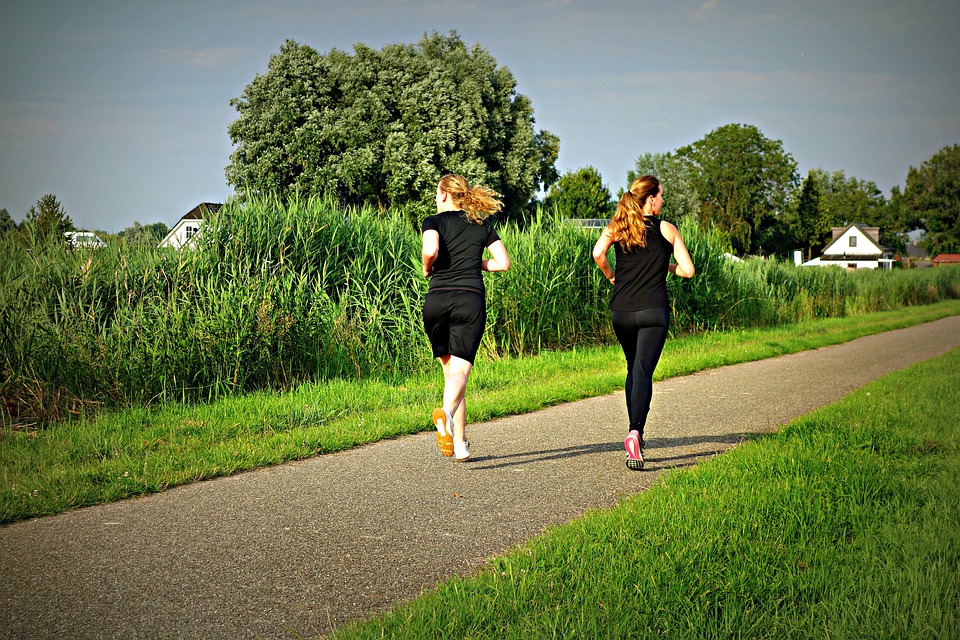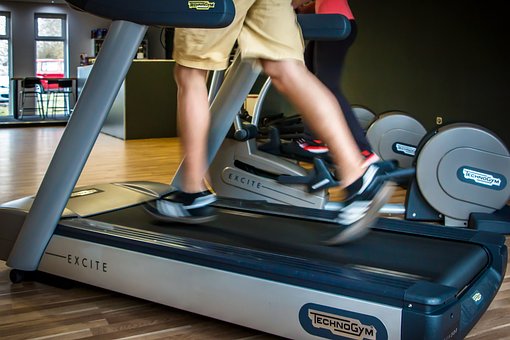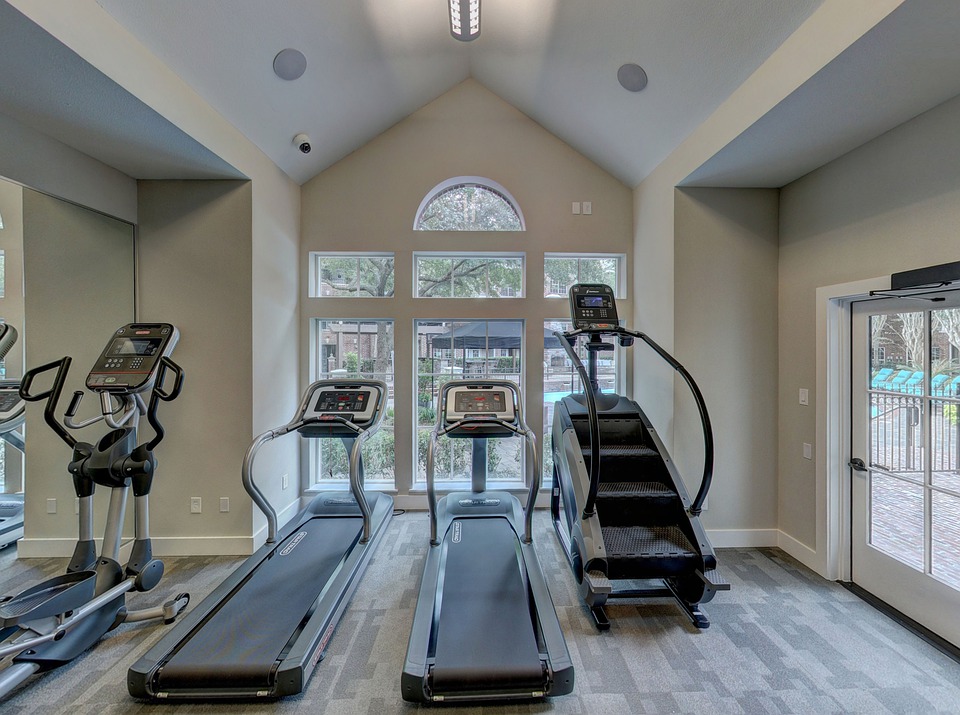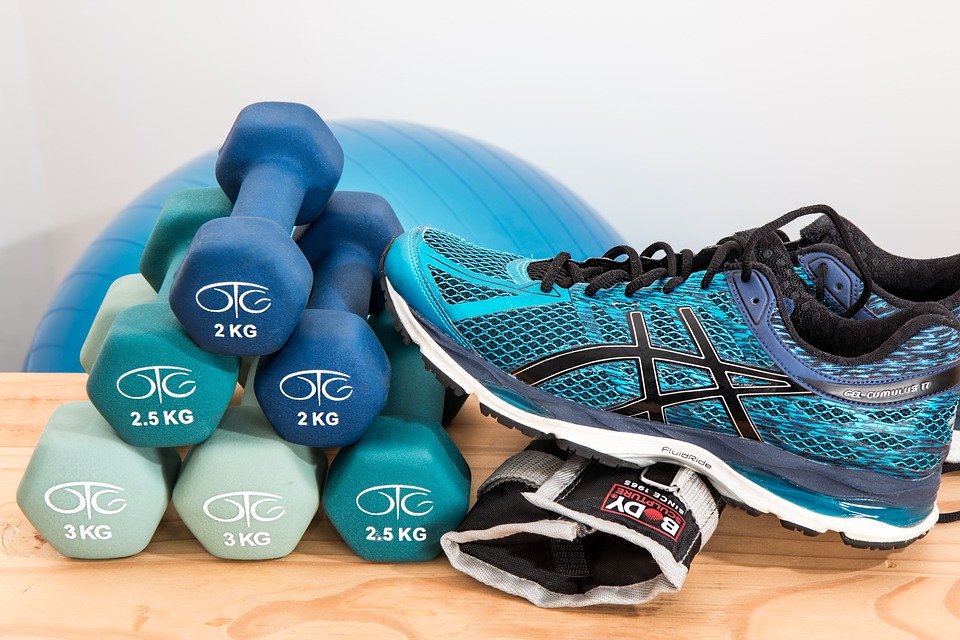
What is a Stress Fracture?
A stress fracture is caused by repetitive loading of the bone, whereas a regular fracture is typically caused by a single event. A stress fracture is a crack or breaks in the bone that is caused by repetitive loading of the bone. It differs from a regular fracture, which is typically caused by a single event.
Most fractures occur when there is a sudden, severe force applied to the bone, like a fall or a car accident.
Over time, repeated sub-maximal stress causes stress fractures, which occur when the bone fails from cumulative stress that is not great enough to break the bone outright.
There’s no need to worry about the impact of running on your bones—they are made of organic tissue and respond well to stress. In fact, running is often beneficial for overall bone health.
When you repeatedly put stress on a bone through impact, like when running, the bone will slowly start to remodel itself through a process of absorption and formation. With enough time to recover between impacts, the bone will become stronger overall.
If you keep putting stress on your bone without giving it time to recover, it will eventually lead to a stress fracture.
This is yet another example of runners not listening to their bodies and doing too much too soon. Most running injuries are a result of this!
The mechanism of stress fractures can be split into four camps:
-Traction from muscles and connective tissue pulling on the bone repeatedly or excessively, impact, rotation, or a combination of the above can cause stress fractures. -Most running stress fractures are caused by impact, with the fractured bone having to absorb the repetitive ground reaction force.
Signs & Symptoms of a Running Stress Fracture
You’re more likely to get a stress fracture in a weight-bearing bone if you’re a runner.
Common areas include:
- 2nd and 5th metatarsals
- Tibia
- Fibula
- Navicular
- Neck of femur
Diagnosing Stress Fractures
The patient’s story is a big part of diagnosing stress factors.
Typically, when runners make a change in their training, they see a sharp increase in their mileage or intensity. For example, they might add a new plyometric program to their routine.
There is usually a change somewhere, and it could be as simple as a change in footwear.
The pain associated with a fracture is usually localized to the area of the break. There may also be some swelling present. In the early stages of the condition, weight-bearing activities such as running may cause pain that gets worse the more you do. As the condition progresses, you may feel pain even at rest, and it may be worse at night.
You can help diagnose the issue by touching or pressing around the painful area (palpation). The pain should be localized and not widespread or diffused. Another way to test for the issue is impact testing, which involves the patient hopping, jumping, or stamping. If these activities reproduce the patient’s symptoms, it is a good sign that you are making progress. Impact testing is often used as an objective marker to measure progress. If the patient is pain-free during impact testing, it is a good sign that they are ready to progress.
MRI is the best way to see stress fractures using imaging.
Is it a High-Risk Stress Fracture?
These fractures are often seen in the navicular bone, tibia, or fibula. A stress fracture that has a high risk of not healing properly or taking a long time to heal is called a high-risk stress fracture. These types of fractures are more likely to occur in bones that don’t have a good blood supply or are at risk of breaking completely. Some examples of high-risk stress fractures are those that happen in the navicular bone, tibia, or fibula.
A high-risk fracture is a serious injury that requires either surgery or very aggressive conservative treatment.
High-risk fractures include:
- The neck of the femur: Tension side (In certain fractures you get a tension side and a compressive side. On the compressive side, as the name suggests, the bones are being pushed together which actually favors union and healing, whereas the tension side is repeatedly being pulled apart, so it can be difficult for that area to heal and unite).
- The patella
- Medial malleolus
- The base of the 5th metatarsal
- Navicular
- Sesamoid bones of the big toe
Pain Levels & Irritability?
After assessing whether the stress fracture is high or low risk, you can use pain levels and activity level that brings on pain as guidance on how much weight you need to take off.
We heal better when we rest an injury. Our bodies are already good at healing, we just need to help it by taking the pressure off the injury.
You don’t need to do much if you have a stress fracture that isn’t too severe. Just stop doing any activity that makes the pain worse. It’s a good idea to stay in shape by working out other parts of your body while you’re waiting for the fracture to heal.
If you’re injured, you can also try deep water pool running to stay in good shape. You won’t have to worry about the load, and you’ll still get all the benefits of running.
This means that you can still do a lactate threshold aqua-jogging workout in the pool even if you work at the right intensity.
In conclusion, if you are informed about stress fractures and have been cleared of any high-risk stress fractures, then you can still do a lot to maintain or improve your fitness.
7 Keys to Running After a Stress Fracture
Running after a stress fracture is a difficult process for a lot of reasons that are not just physical.
The array of emotions many runners will feel as they get back into the sport can be all over the map:
- Worried about the potential of re-injury
- Discouraged over potentially losing fitness
- Excited to be running again
It is important to remember that you cannot just put on your running shoes and go for a run if you are healing from a stress fracture.
The first few times out after being cleared to run after a stress fracture can be tough for a few reasons:
#1 Phantom Pains After Stress Fracture
You will feel a variety of sensations within your body and may be concerned that each is a new injury.
Trust me, you’re fine.
- focus on your breath
- take in the scenery
- enjoy the fact that you’re running
- try not to be paranoid about every little sensation
#2 Go Short, Go Slow
You need to take it slow when you start running again after a stress fracture. Too much too soon can cause the fracture to come back.
- keep your first runs short (and short is relative, it depends on how long you’ve been out and what your mileage was like before the injury)
- ensure your intensity is low (again, relative)
- allow your body to re-adapt to the demands of running (act like a beginner!) – all of your joints, muscles, and tendons need that time
Mental fears can be just as debilitating as physical ones. It is important to work through these fears in order to maintain your fitness. Mental fears can be just as debilitating as physical ones. In order to maintain your fitness, it is important to work through these fears.
If a stress fracture sidelined you for a while, you may have lost some of the fitness you worked hard to build over the past weeks, months, or years.
I hope you’ve been doing a lot of different types of training while you were healing. I know it’s different to go for a run, but if you haven’t been able to run for a while, don’t worry. You’ll get back to where you were.
- For the first several runs after coming back from a stress fracture, just enjoy the fact that you are running again and that you can do so without pain.
- Remember that you will regain fitness faster than the first time you tried to get there because your body and mind know what is possible.
You will eventually be able to return to your previous level of activity, but it is important to be patient during the healing process to prevent another stress fracture.
#4 Pre-Hab and Rehab Like Its Training
It cannot be overemphasized how important it is to work with a Physical Therapist that specializes in sports. A general Physical Therapist is focused on getting you to walk without pain, while a sports Physical Therapist wants you to be able to run without pain and get back to your sport as soon as possible.
Once they assign you PT exercises, do them.
If you are given five exercises to do three times a day, it is important that you do them. These exercises will not only aid in your recovery process but will also help to prevent future running injuries.
Don’t be afraid to ask your physical therapist what you can do. Can you bike, can you swim, can you do yoga? Find out the limitations and then follow them.
Rushing the recovery isn’t worth the setback.
#5 Strength Train Consistently
We know that running is good for our health and our bones, but did you know that strength training is also a must for strong bones?
Multiple studies have found that strength training helps to improve bone mass, even in those with osteoporosis.
Begin weight training with your upper body and core while you wait to place weight on your injured leg. This type of training will help improve your endurance, posture, and speed, and prevent other injuries.
After you are able to start strengthening your leg again, work with a physical therapist to get specific instructions.
- Start with bodyweight-only movements
- Consistently utilize single leg movements, this will help ensure your stronger leg doesn’t compensate after injury
- Add in mini-bands
- Finally, you MUST lift weights – the studies show that bone building occurs from lifting heavy things, not just your body weight.
#6 Focus on Inflammation Reduction
There will be some aches and pains as your body gets used to running again. Our goal is to help your body adjust and ease your mind about the soreness.
Some inflammation is good after a workout because it means your muscles are healing.
But we want to control inflammation from high stress or pain without using NSAIDs.
- Herbs For Muscle Recovery – easy things you can add like tea to feel good
- Anti-inflammatory Meals – Foods that are going to assist in recovery
- CBD Oil for Runners – This was a game changer for me after knee surgery. Maybe largely because it improves sleep.
#7 Return to Running Program After Stress Fracture
This is not a time to just do whatever we might do with some races. You want to follow a truly structured plan to return to running and keep it pain-free.
Phase 1
- Eliminate all weight-bearing activities until cleared by your Doctor
- Start doing the strength training for the upper body and core immediately
- Ask if you are cleared to do Aqua Jogging or Pool Running – this is a phenomenal way to keep your fitness and will be really useful during the rebuild
Phase 2
- Begin doing cross-training like a stationary bike, rowing, or swimming once cleared
- Continue doing strength training, only start adding in any lower body approved by Physical Therapy
- If there is pain, stop, reverse, and go back to phase 1.
Phase 3
After six to eight weeks of following the plan, you should be able to start running.
- Start with a short 20-minute run/walk session
- After every session evaluate any appearance of pain and go back to phase 2 if it appears
- Continue walking daily and slowly increase the number of runs each week
- Then slowly increase the volume of time running vs walking
- Don’t add speed work back to your plan until you have at least a few months of completely pain-free running
How to Prevent Running Stress Fracture?
Although you cannot prevent every injury, there are certain measures you can take to reduce your likelihood of getting another stress fracture.
1. Increase Mileage Slowly
The rule is to increase mileage by 10% or less per week, but it would be wiser to be more conservative for the first 1-2 months after having a stress fracture.
2. Mix Up Running Surfaces
When you run on hard surfaces like asphalt or concrete, it puts more strain on your body than running on softer surfaces like trails or grassy fields.
If you run on a surface that has a bit more give to it, you’ll put less stress on your body and you’ll be less likely to get a stress fracture.
3. Get Off the Treadmill
Your feet will make contact with the deck of a treadmill in the same way with each step. If you are running on another surface, your feet will land in different ways because of changes in the surface, turns, and terrain, among other things.
This variation in stress leads to much higher bone densities. The bones in your feet are under greater stress when they are hitting the ground slightly differently with each step. This variation in stress leads to much higher bone densities.
When you run on a treadmill, your feet hit the ground, in the same way, every time, concentrating the force on one area.














